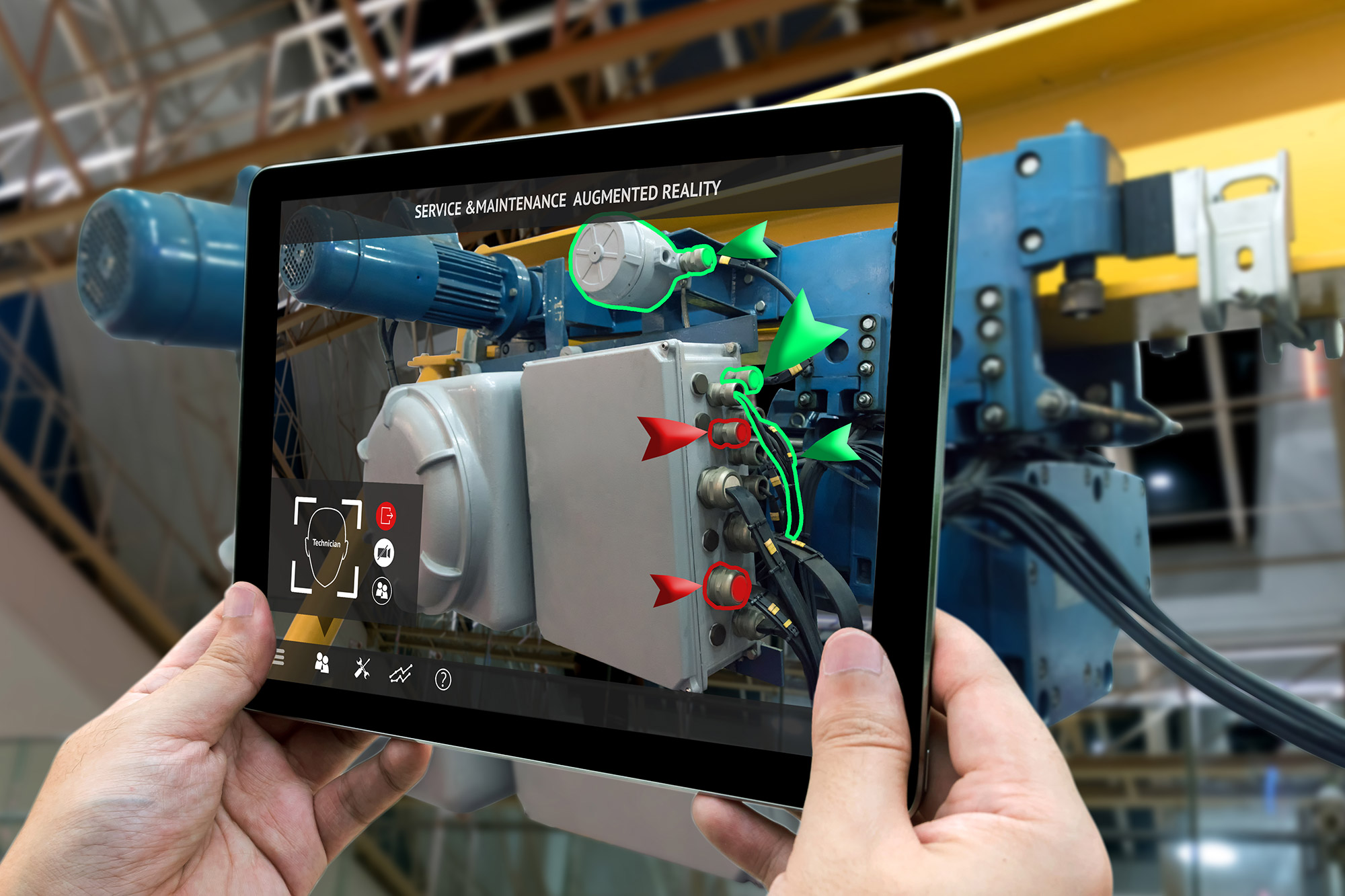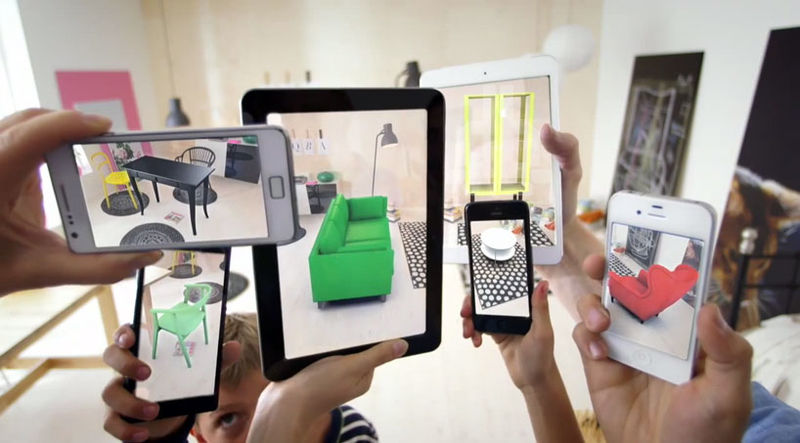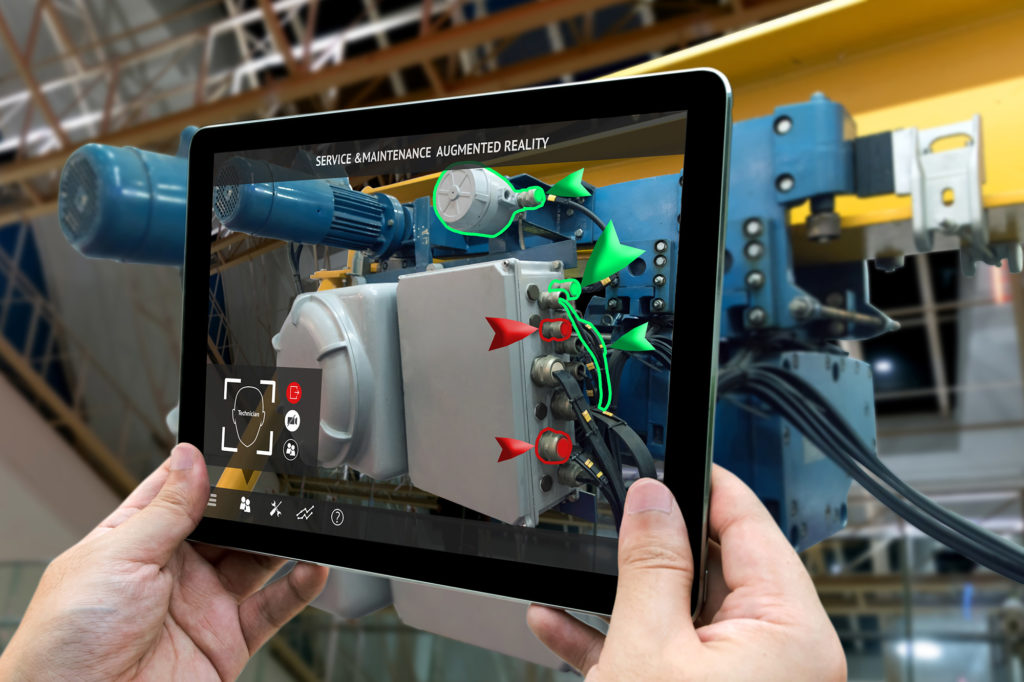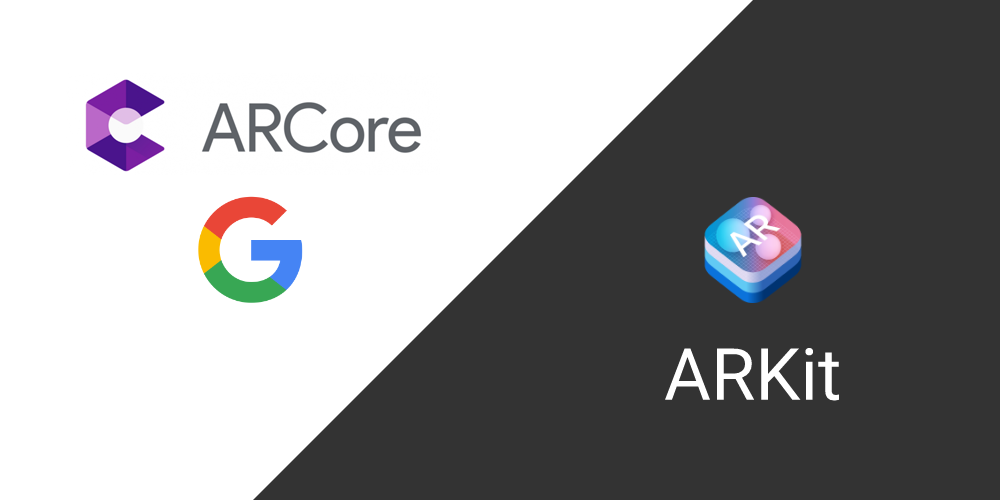Augmented reality is no stranger to the digital landscape, but it’s now beginning to stake its claim in the mobile app development space, as well. And to the delight of brands and consumers alike, it appears AR technology is here to stay. From bolstering engagement to skyrocketing product sales, AR is proving to be a favorable business solution for a host of industries.
What is AR, Anyway?
Before you rush out to buy an overpriced headset resembling night-vision goggles and escape to fantasyland, let’s get one thing straight – augmented reality is not the same as virtual reality. While the latter world is as artificial as the crab meat in your California roll, AR involves layering computer-generated images over an existing environment. The marriage between digital components and real-world elements makes for a rich and meaningful user experience. Thinking about integrating AR into your mobile app development plans? Let’s explore some of its notable benefits.

1. AR Turbocharges UX
Let’s face it — nothing makes or breaks a mobile app’s staying power more than its UX. AR-based mobile apps invite users to experience real-time interaction, actionable tasks, and immediate deliverables. Take the oft-used language translation app, Google Translate, for example.

One of its key AR features is linked to camera mode. A user can simply take a photo of text he doesn’t understand, and the app will instantly translate it in the user’s preferred language. The app supports a wide breadth of languages and spares users from having to shift between physical objects (e.g., a menu, book, travel brochure, etc.) and information found in an online dictionary or translation tool. Thus, mobile apps that integrate AR technology foster a personalized, efficient, and purposeful user experience
2. Show and Tell
Marketing teams rejoice. With AR technology, you need not tell users about your product or service, but instead, you canshow them. This option proves invaluable, especially if you’re in a retail-driven enterprise. AR apps put consumers in the driver’s seat and afford them the much-appreciated power of choice. In other words, AR provides a try-it-before-you-buy-it model that has proven to increase product sales and retain customers. Through simulations and multi-dimensional video, AR allows users to see how a certain product will look – whether it be a pair of stilettos on their feet or a floor lamp in their bedroom — before swiping their credit card.

For example, Amikasa, a popular iOS app in the home design sector, allows you to style an entire room with a few clicks of a button. Before you drop thousands of dollars on that black leather sectional and brass dual-handle kitchen faucet imported from Greece, you can see how they’ll look in your home. By simply employing your iPhone camera, the app’s 3D modeling technology lets you modify layout, change color options, and share your simulated room design with friends (who will give you their unsolicited opinions and advice).
3. Business Plateau: AR to the Rescue
Time is money. A common deterrent among business leaders and their development teams when it comes to taking the plunge into AR is the thought of starting from scratch. Fret not – you don’t need to reinvent the wheel or scrap your existing mobile app to make room for an AR-based upgrade. You can easily integrate AR into your current app without compromising functionality. Both Apple and Google have integrated AR libraries into their latest operating systems for developers to take full advantage of camera’s, gyroscopes, accelerometers, Bluetooth and GPS. Apple originally introduced ARkit in iOS 11 back in Summer 2017 but has recently released ARkit 2 in iOS 12, which adds Shared AR Experiences, Persistent AR Experiences and 2D Object Detection and Tracking.
Furthermore, Google came out with its own tools for the Android Operating System for developers to take full advantage of sensors and core hardware. It’s known as ARCore and has very similar feature sets as Apple’s ARkit 2. A major difference would be the fact that Google allows for the use of ARCore on iOS via SDK and Cloud Anchors so users can have shared experiences across devices. Apple is not cross compatible with Android.
Engagement levels and user activity getting stale? Adding AR components to your app is an effective way to increase new online users and re-engage existing customers who have become idle. By introducing more dynamic features and responding to industry trends and demands, your app will beget brand loyalty. After all, studies show that customers who feel engaged are five times more likely to pledge long-term allegiance to a brand and make continued purchases than those who don’t feel connected.
Get Real
With its ability to provide transformative and intuitive experiences, augmented reality is becoming a go-to technology among mobile app users. Is AR a viable solution for enhancing your current app? Sure. Is it without its potential drawbacks? Duh, of course not. Considering their advanced capabilities and customized functionality, AR apps often require their users to furnish a lot of personal info. Without a combo of proper safeguards and user vigilance in place, hackers can have a data-breach field day trying to access accounts and profiles. Additionally, with so many new design tools in the mix, universally-accepted standards haven’t been established in terms of best practices. With such rapid evolution and availability of AR functions, users’ expectations may soon trump developer capabilities. Not sure if AR should be part of your mobile app development toolbox? Give us a shout to discuss how to make your ideas an (augmented) reality.
 Jason Turnquist
Jason Turnquist 
